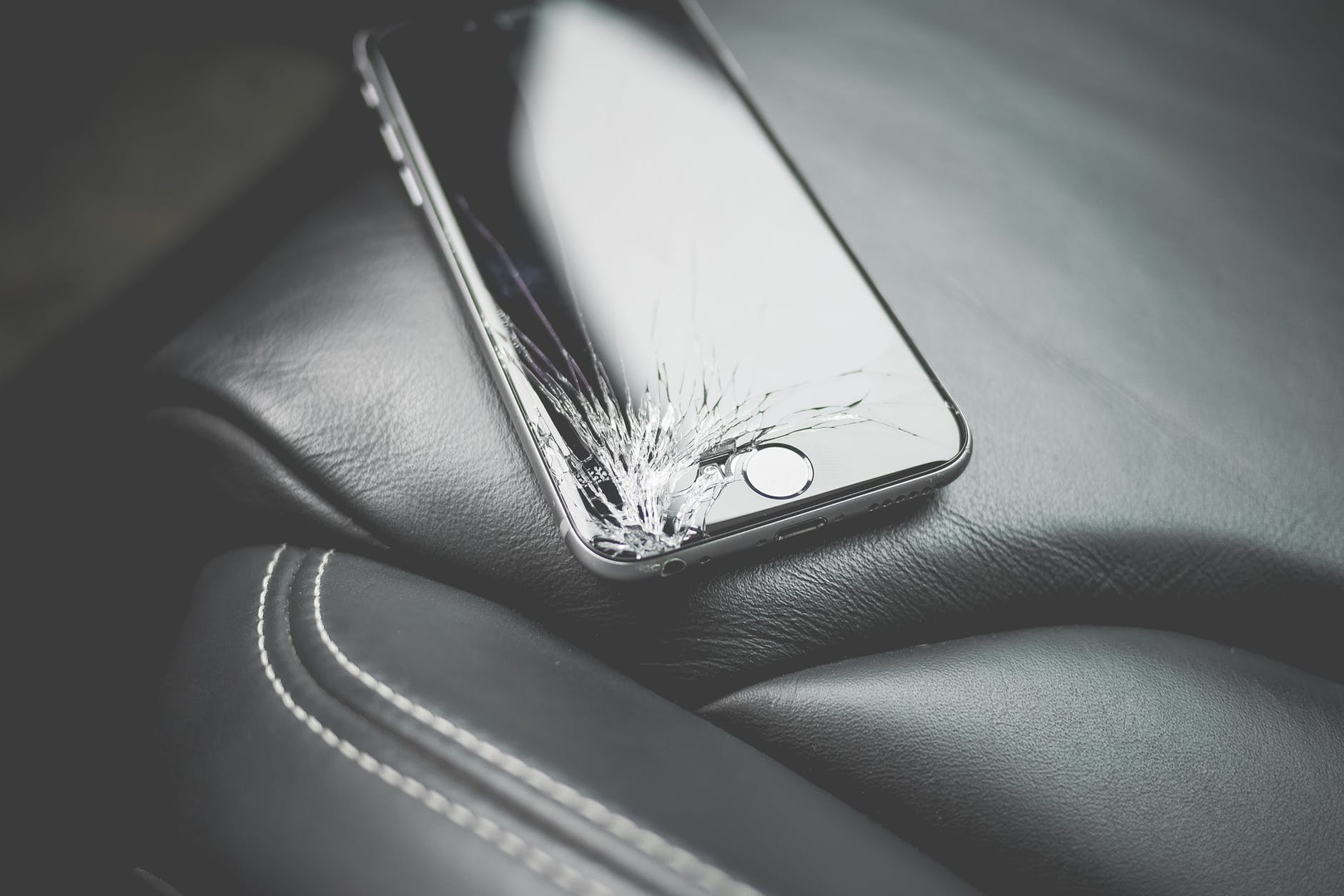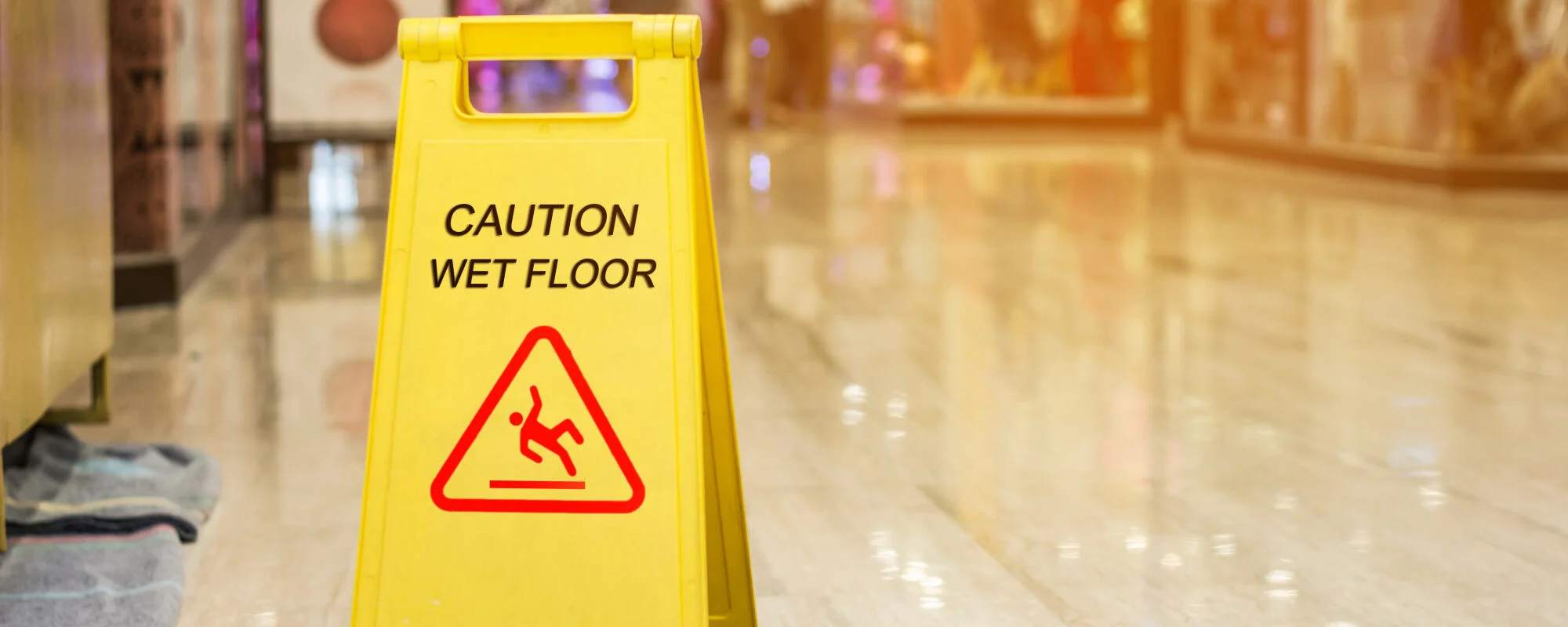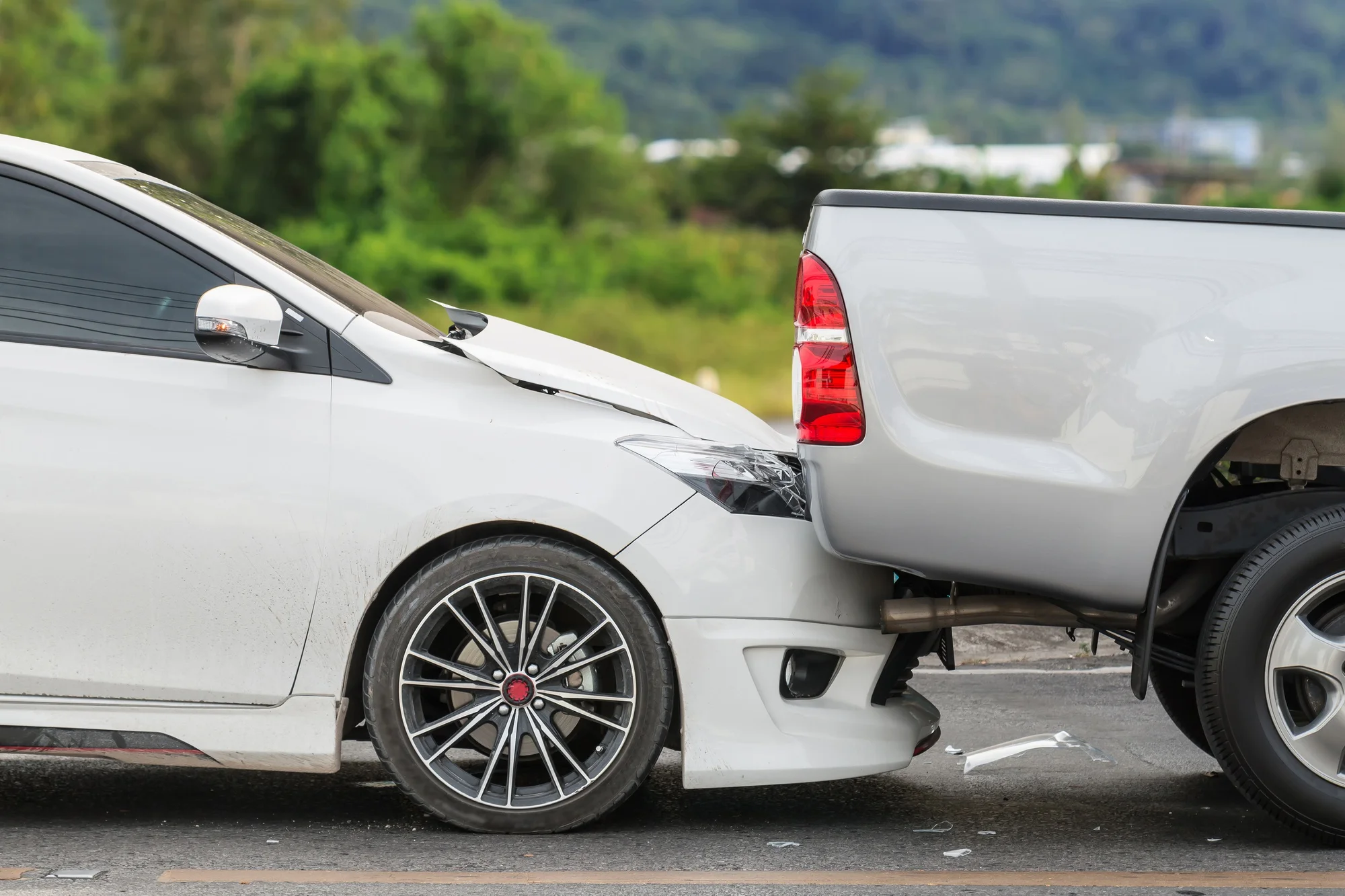In today’s world, we have become dependent on an array of products that help us get through our daily lives, from basic needs such as food and medicine to luxuries such as gadgets and appliances.
This dependence, however, comes with its faults. When complications occur with these products, we as consumers put ourselves at risk to personal injury, health complications, and even wrongful death. In these scenarios, victims may opt to file for a defective claim against the party at fault. However, filing for a claim is easier said than done. To properly and effectively file a product liability claim, a plaintiff must first have a proper understanding of product liability cases to know how to handle his or her case accordingly.
The Three Legal Theories of Product Liability Law
It is necessary to understand the logic behind product liability laws and why you should not shrug them off. With the following theories, you’ll get an understanding of why injuries from dangerous or defective products warrant a liability case.
Negligence
Negligence means the lack of ordinary care and, under specific statutes, also pertains to carelessness that puts others at risk is unlawful. If carelessness or negligence from an individual or a company caused a product to be defective, they could be held liable for any injury or harm it caused to a consumer. In product liability cases, victims can seek compensation from negligent parties such as manufacturers, designers, distributors, part suppliers, or anyone that may be responsible for a product being defective.
Strict Product Liability
Proving that a party should be held liable for selling or offering defective products to the general public can be costly and extremely difficult. Because of the expensive nature of product liability claims, the law has produced the ‘Strict Liability’ doctrine which allows a person harmed by a defective product to claim compensation without proving a manufacturer or seller was actually negligent.
Breach of Warranty
A consumer warranty is a guarantee, whether expressed or implied, imposed by the seller of a defective product assuring a certain level of quality and reliability. If the product fails to meet these standards, then the seller may be held accountable.
Who Should Be Liable?
Only victims with an actual contract with the manufacturer, seller, or any liable party were allowed by law to claim compensation for product liability cases from past liability cases. Today, that requirement no longer exists in most states, and any person who foreseeably could have been harmed by a defective product can hold the liable party accountable as long as the product was sold to other consumers.
Parties that can be held accountable in product liability cases are as follows:
- The product’s manufacturer;
- the parts’ manufacturer;
- the party that assembles or installs the product;
- the wholesaler; as well as
- the retail store that sold the product to the consumer.
Types of Product Defects
A victim in a product liability case must prove the party at fault indeed had a defective and dangerous product that caused an injury. There are three types of defects that may give rise to manufacturer or supplier liability:
Design Defect
For a manufacturer or designer to be held accountable for a design defect, an obvious foreseeable risk must have been present in the product’s design even before the product was manufactured. This means that the product defect was already there from the very beginning and the manufacturers or designers have the duty of weeding out these design flaws.
Manufacturing Defect
A manufacturing defect is present when “the product departs from its intended design even though all possible care was exercised in the preparation and marketing of the product” or otherwise as stated by the Third Restatement of Torts. If a defective product was manufactured in the factory and caused injury when used for its intended purposes, the manufacturer is held accountable.
Marketing Defect
According to law, products may be considered defective “because of inadequate instructions or warnings when the foreseeable risks of harm posed by the product could have been reduced or avoided by the provision of reasonable instructions or warnings by the seller or other distributors… and the omission of the instructions or warnings renders the product not reasonably safe.” If a manufacturer releases a product without any or misleading instructions, they can be held liable.
Common Types of Product Liability Cases
To better identify what product liability cases are, here are some examples that you or someone you know may have already experienced:
Food & Beverages
If you purchased contaminated food in a market or a restaurant, the defendant could be any business in the chain of manufacturers and distributors of the food product. This could include any of the following entities:
- the company that grew or sourced the food
- the producer who refined the food (i.e., the company that prepared the food for sale by, for example, canning, bagging, or freezing it)
- the wholesaler
- the retailer, and
- the supermarket or the restaurant that sold the food.
Any of these entities could potentially have contaminated the food or negligently failed to notice the contamination and removing the food from distribution.
Drugs & Medical Devices
The medical devices and medications that thousands of patients receive can often become major medical problems in the years that follow. Contaminated implants can cause significant damage to organs and tissue as well as chronic pain and several other symptoms that can lead to serious medical complications or even wrongful death.
Furniture
The most frequent accident scenario in reported product liability cases involving furniture nationwide over the last ten years, concerned a chair breaking when the plaintiff sat down. In those cases, plaintiffs claimed that the chair was structurally unsound, contained a manufacturing defect, or was not assembled correctly.
Similar accidents occurred on the retailer’s show floor. Other cases involved furniture that tipped on users when pulled or opened, glass in furniture that broke as well as furniture upholstery or stuffing that ignited due to being coated with toxic material among other incidents.
Toys
Designing products for children can be challenging. Many children are going to use the products for something different other than their intended use. These factors increase the chance that they get hurt through no fault of the manufacturer. That being said, manufacturers are expected to take these scenarios into consideration. Choking hazards are especially common with children’s products. Other examples include car seats, bedding, and even food that could end up hurting kids.
Find the Best Product Liability Attorneys to Help You in Your Claims
For victims to properly seek damages and compensation for product liability injuries and harm, employing a product liability attorney as legal counsel and representation is the wisest decision before filing a product liability lawsuit. Seek legal advice from expert product liability attorneys who are well-versed in California product liability cases to ensure that your claims do not end in vain.








